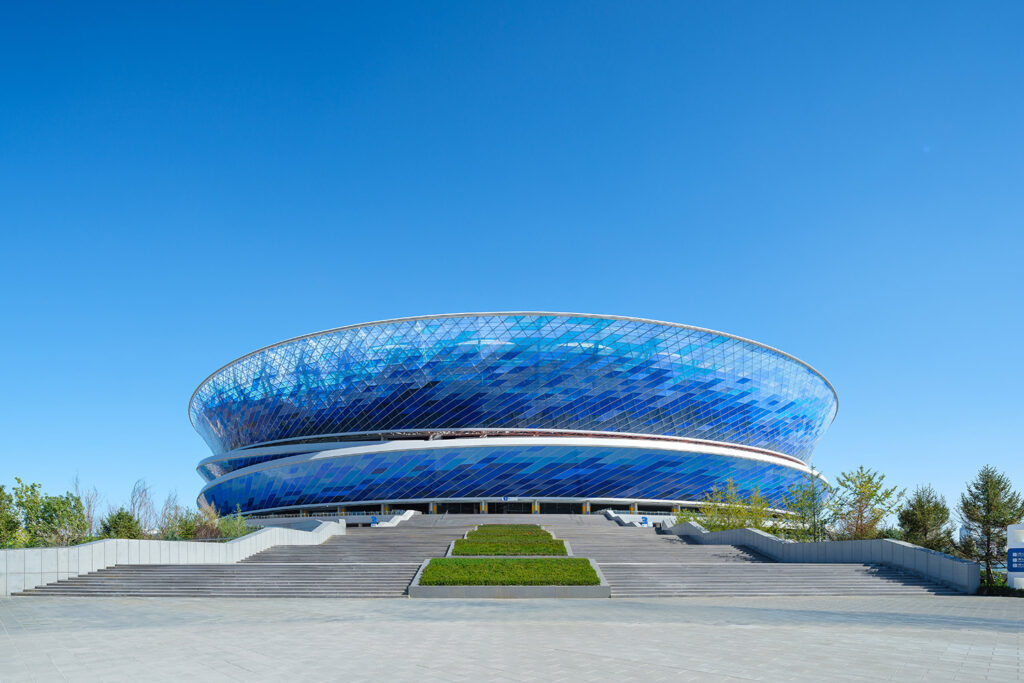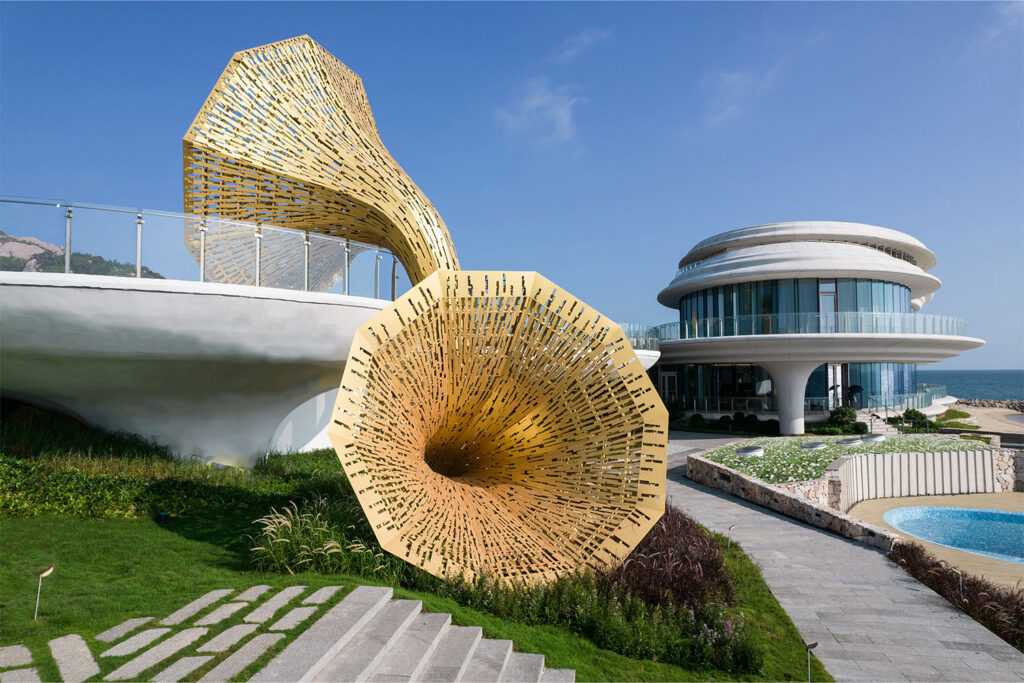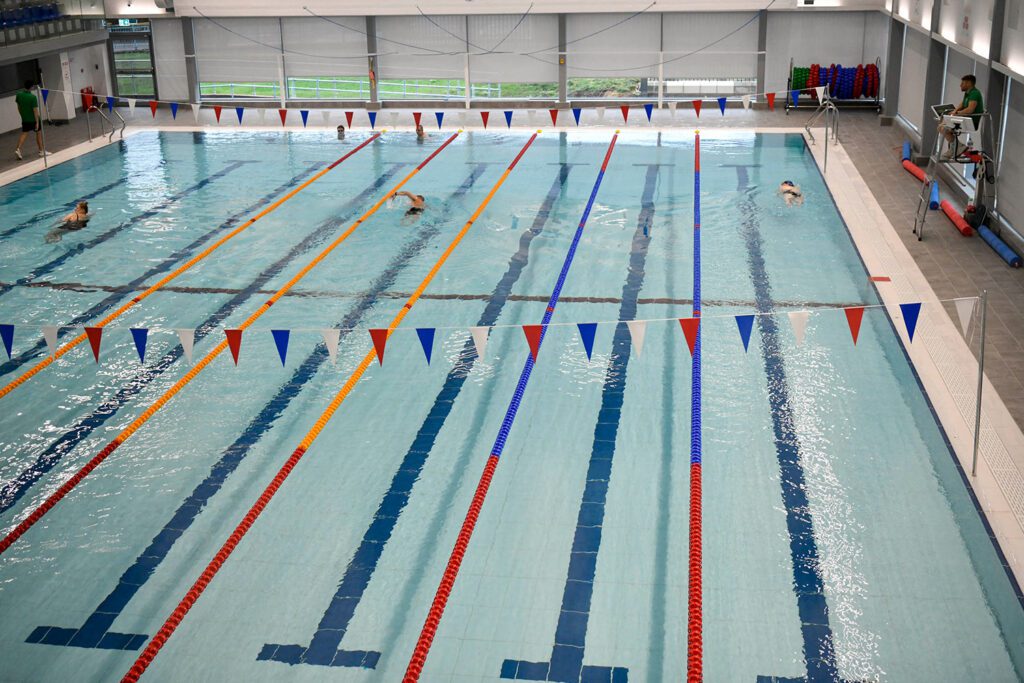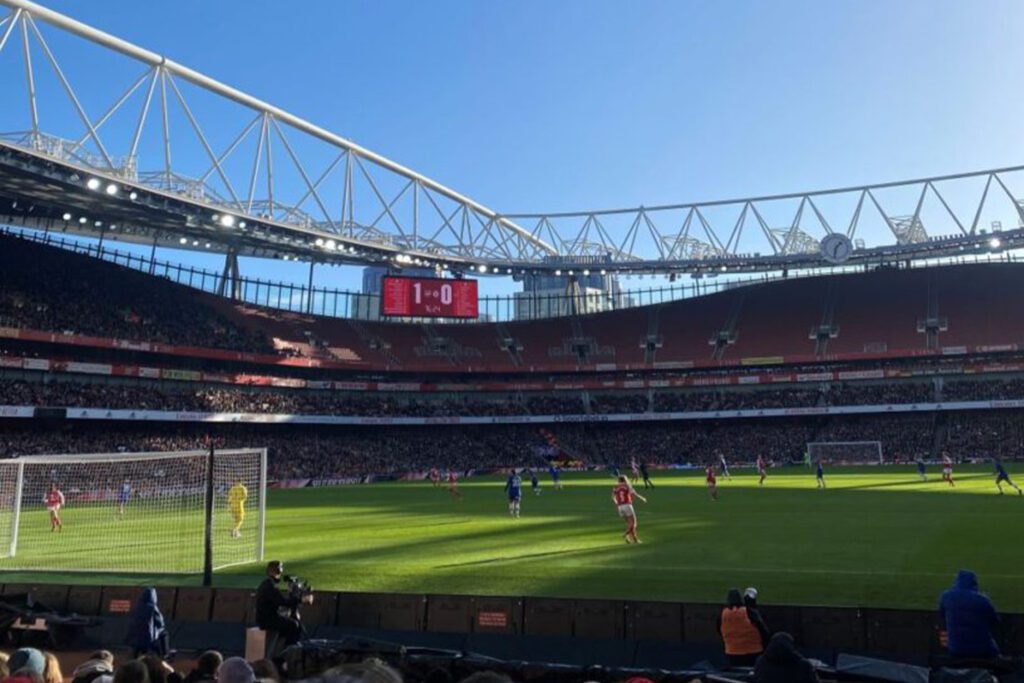Five secrets behind super successful stadium design

1.Engage your stadia design team from the start
Bringing the full team on board at the beginning ensures the result is most closely tailored to your desired outcomes. Establishing open communication channels between team and stakeholders guarantees the best start.
2. Focus on desired outcomes
Dreaming big and communicating your vision to the design team is the best way to begin. Excellent engineers and architects relish the challenge and commit their skills, knowledge and experience to achieving it.
3. Explore the possibilities
Allowing time at the start to fully consider the project will result in an outcome that is as close as possible to your vision. However, tempting, it’s better not to rush to see visuals and stadium models in the first few weeks!
4. Encourage integration
Allowing your design team to work creatively together from the very beginning of the project right through to the end leads to the best results. Splitting engineering and architectural services is unlikely to achieve the best results.
5. Beware of false economies
Selecting an experienced team with the skills, knowledge and experience to achieve your vision is more effective than choosing on the basis of price alone. Hold the team accountable for working to your budget.
Want to find out more? Venue performance specialist Andy Pottinger explains why expertise and preparation is key to world class sports stadium design below.
A few years ago, I gave a talk about starting positions. I began by showing some footage of Roger Federer winning a point. From the moment Federer begins, tossing the ball in the air, it is clear he knows exactly what will happen over the next 20 seconds. His serve pushes his opponent out wide while Federer occupies the centre of the court, firing the ball left, right and straight until he seals victory with an exquisite drop shot.
What does this have to do with stadium design?
Federer’s preparation, experience, skill and ability to adapt mean he is in control from the start. He can anticipate the way any game will unfold – and, as his opponents know to their cost, this makes him almost unbeatable. Creating a new sports stadium requires the same level of expertise and preparation. It takes experience and foresight to anticipate what will happen next, skill and technology to deliver agile designs that can adapt when necessary, and depth of knowledge to steer everything in the right direction.
It seems to me that the design and construction of many stadia around the world has less in common with Roger Federer than with the England team that played Iceland in the last European Championships. All too often, clients struggle to achieve the outcomes they envisaged, ending up with bland, uninspiring venues that offer little by way of character or atmosphere and fail to appeal. Many clients also feel they lose control of the cost and project programme.
Well-designed stadia can help smaller clubs punch above their weight, and help big clubs compete strongly with, or even surpass, their rivals.





